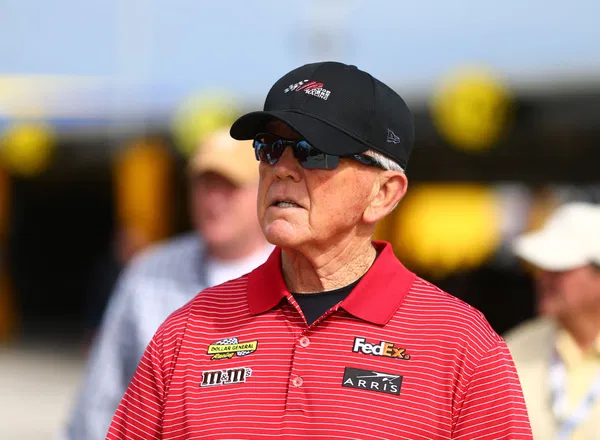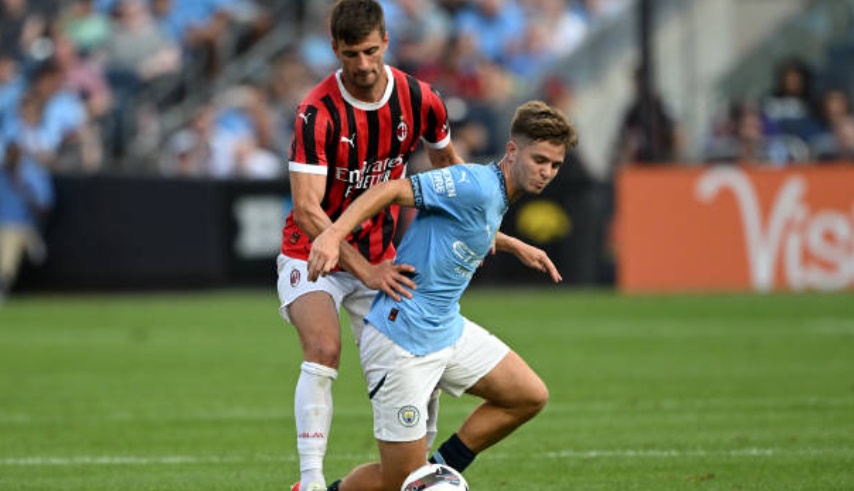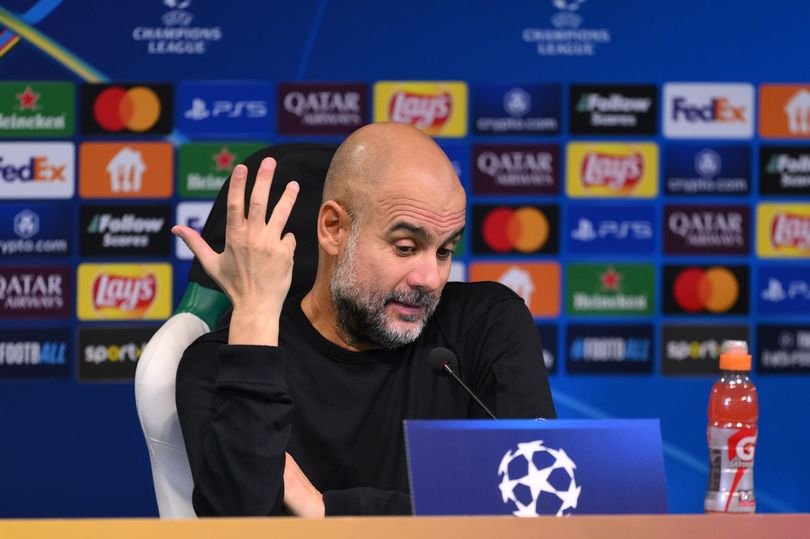NASCAR’s Chase Briscoe Speaks Out on the Financial Pressures Behind the Wheel
“Win on Sunday, sell on Monday”—this mantra defines the commercial heartbeat of NASCAR, where sponsorship is the lifeblood of every team and driver. While teams rely on sponsorship revenue to fund operations, drivers count on financial backing to secure competitive rides. However, this dependency has sparked a growing debate within the racing community, with many questioning whether raw talent is being overshadowed by monetary influence.
The latest voice in this ongoing conversation is Chase Briscoe, Joe Gibbs Racing’s newest driver, who will take the wheel of the No. 19 Toyota next season. Ahead of his transition, Briscoe opened up about how financial pressures often hold back young talents trying to break into NASCAR’s elite ranks.
Chase Briscoe on the Struggles of Young Drivers
Speaking on the podcast Dinner with Racers, Briscoe candidly addressed the issue of “pay drivers” in NASCAR. Over the last two decades, drivers with significant financial backing have often secured coveted race seats over those with superior skills but limited resources.
“There’s… I mean, it’s always more money-driven, but it has changed,” said Briscoe. “Once you get to the Cup level, it is a little bit different. Like, typically at the Cup level, everybody kind of just goes and gets who they want and figures out the funding. But you still definitely have parts of the Cup Series where guys are paying to be there. They have a sponsor or something.”
This system, according to Briscoe, undermines the merit-based advancement seen in traditional sports, leaving many talented drivers without the opportunities they deserve.
Paul Menard and the Financial Influence
One of the most frequently cited examples of financial backing outweighing talent is Paul Menard. While Menard’s average finishes rarely impressed, his family’s wealth kept him in NASCAR for years, ensuring his continued presence on the track.
Similarly, Daniel Suárez lost his seat at Stewart-Haas Racing in 2019 due to sponsorship issues, despite showing promise as a driver. These examples underscore how sponsorship struggles can derail a racing career, even for those with undeniable talent.
The Kyle Busch-Joe Gibbs Racing Split
The financial pressures of sponsorship are not limited to mid-tier drivers; even stars like Kyle Busch have felt their sting. In one of the most shocking moves in recent NASCAR history, Busch parted ways with Joe Gibbs Racing (JGR) in 2022 after 15 successful years.
Busch, who brought JGR 56 Cup Series wins and two championships, left after the team failed to secure a sponsor for him. Despite efforts to bring in Oracle, a deal never materialized. Busch later accused JGR of not putting in enough effort to find him a sponsor.
“Did JGR try hard enough to sell me? My answer to that is no,” Busch revealed in an interview with The Athletic. “I told those guys, ‘Look, you got to look elsewhere. You got to look outside… Instead, they offered me a contract to race there without sponsorship, but I didn’t feel like that was fair for the 15 years I was there.’”
JGR refrained from commenting on Busch’s allegations, but the situation highlighted the harsh reality of NASCAR’s financial landscape.
The Path Forward for NASCAR
As NASCAR continues to evolve, addressing the financial barriers that hinder talented drivers will be crucial. Voices like Briscoe’s and Busch’s highlight the need for a system that prioritizes talent over money, ensuring that racing remains a sport where merit takes center stage.
For now, as Briscoe gears up for his new role at JGR, he carries the hopes of many young drivers who dream of making it to the top without letting financial struggles hold them back.



